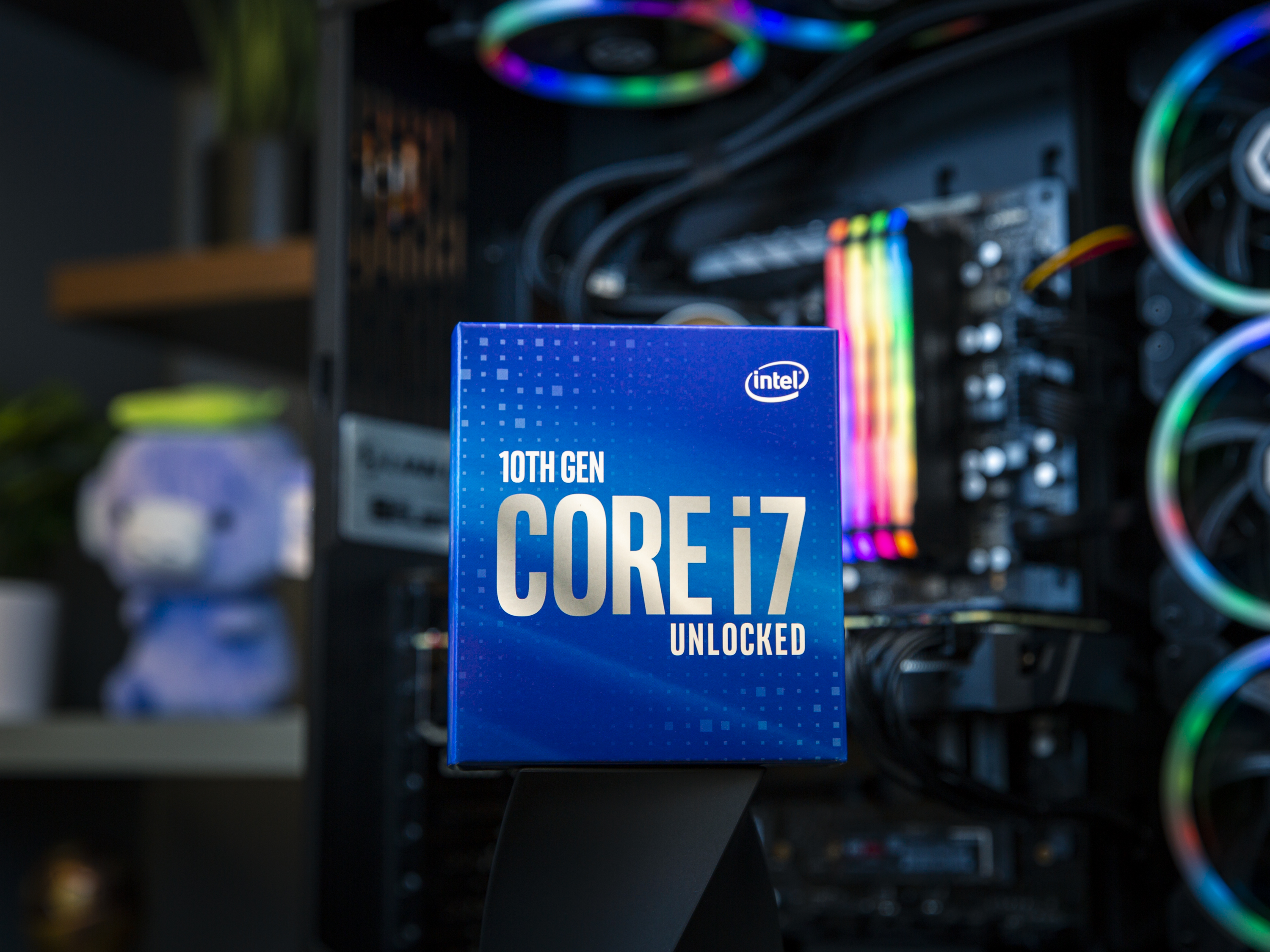

That higher TDP does allow for a higher base clock though.įor pricing, the 10900K and 10900KF are coming in around $490 and $470, so slotting exactly where the 9900K and 9900KF were in the lineup. The listed TDP for this chip is 125W, though realistically the 10900K and KF will use far more power at a 4.8 GHz all-core frequency, especially as Intel are basically adding two cores to the 9900K at a similar frequency. The top 5.3 GHz speed will only be seen at temperatures below 70C as part of Thermal Velocity Boost.įor all-core Turbos, Intel is listing that at 4.8 GHz and 4.9 GHz with Thermal Velocity Boost. Depending on what features you have available to you, and the temperature of the CPU, you'll see clocks between 5.1 GHz and 5.3 GHz peak on these parts. Either way, what you see in the specs table are three metrics for single-core Turbo speeds: there is the normal Turbo Boost speed of 5.1 GHz, then the Turbo Boost 3.0 speed of 5.2 GHz, and the Intel Thermal Velocity Boost Turbo of 5.3 GHz. There's a minor improvement to memory support on paper, up to DDR4-2933 for Core i9 and Core i7 models, though Intel CPUs easily support faster memory and have done so with previous generations, too.Ĭlock speeds get a few different specifications which can either be confusing or you can simply disregard most of it until we review the CPUs and know where they stand. We're still looking at a Skylake-derivative architecture built on 14nm technology, meaning there's no major changes to IPC or CPU features. The flagship Core i9-10900K is a fully unlocked chip with an integrated GPU, and alongside it we have the i9-10900KF which is the same with no iGPU, and two more locked models in the i9-10900 and i9-10900F. No more leaks, this is the official info, and we'll be sharing a few of our thoughts on what Intel is offering along the way.Īt the top of the product stack, Intel is offering a new 10-core, 20-thread processor or set of processors. This has been a long time coming and today we can finally share with you the official information on Intel's 10th gen desktop processors in their Comet Lake lineup. Meanwhile, the new Core i7 and Core i5 range look very competitive not just in terms of specs and expected performance, but most importantly, in pricing and value against otherwise very aggressive Ryzen rivals. Note: Intel Turbo Boost Technology 2.0 allows the processor to operate at a power level that is higher than its rated upper power limit (TDP) for short durations to maximize performance.Īs an independent and complementary feature, Intel® Hyper-Threading Technology (Intel® HT Technology) increases performance of both multi-threaded and single-threaded workloads.In context: Intel's new Core i9-10900K CPU comes equipped with 10 cores, 20 threads and new Turbo frequencies to go head to head against the Ryzen 9 3900X and possibly become the new gaming flagship processor.


Intel Turbo Boost Technology 2.0 has multiple algorithms operating in parallel to manage current, power, and temperature to maximize performance and energy efficiency. When the processor is operating below these limits and the user's workload demands additional performance, the processor frequency will dynamically increase until the upper limit of frequency is reached. The amount of time the processor spends in the Intel Turbo Boost Technology 2.0 state depends on the workload and operating environment.Īny of the following can set the upper limit of Intel Turbo Boost Technology 2.0 on a given workload: The maximum frequency of Intel Turbo Boost Technology 2.0 is dependent on the number of active cores. Intel Turbo Boost Technology 2.0 is activated when the Operating System (OS) requests the highest processor performance state (P0). Intel® Turbo Boost Technology 2.0 automatically allows processorĬores to run faster than the base operating frequency if they’re operating below power, current, and temperature specification limits. Intel® Turbo Boost Technology1 provides more performance when needed on 4th generation Intel® Core™ processor-based systems.


 0 kommentar(er)
0 kommentar(er)
